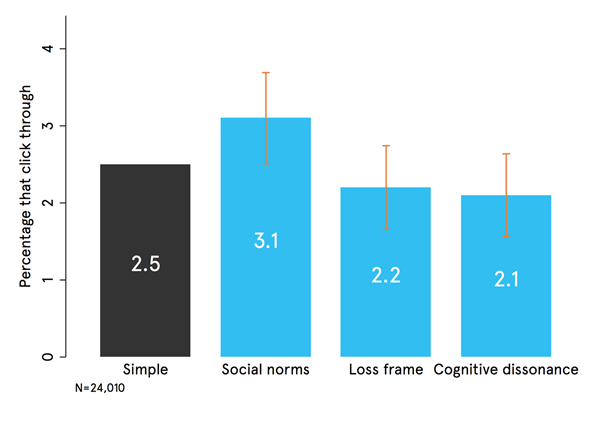Today is Equal Pay Day – an annual reminder of gender inequality in the workplace. While attention rightly tends to focus on the pay gap between men and women, there are a number of issues that impact differently on employees depending on their gender.
One of those is flexible working. Half of UK employees would like to work flexibly, such as working part-time, from home or having compressed hours. But only 9.8 per cent of job ads offer flexible working arrangements. The problem is made worse by the stigma attached to asking for flexibility in job interviews. In a recent survey, over half of candidates said they felt nervous asking for flexibility when applying for or accepting a new job, and 42 per cent feared it would damage their chances of securing the position.
Having control over the timing of work is likely to affect women in particular, as they are more likely to look for jobs that allow combining work with caring responsibilities. Increasing the availability of flexible jobs would allow more women to return to work after having children. At the same time, and importantly to note on Equal Pay Day, flexible working may penalise women, as employers disproportionately reward people who work long hours. The solution is not to stop flexible working but to help make it more common among both men and women.
Testing messages to influence HR professionals
Recruiters and HR professionals in organisations can play a key role in making flexibility of jobs more common at the hiring stage. To test how we might encourage HR professionals to think about flexible recruitment, we partnered with the Equality and Human Rights Commission (EHRC) and the Chartered Institute of Personnel and Development (CIPD). The results from this work were published this week, alongside an earlier scoping report where we looked at reducing maternity and pregnancy related discrimination more broadly.
We tested whether behaviourally informed emails make HR professionals more likely to click on a link to access material about advertising jobs with flexible working options. The results show that the Social Norms message (which highlights flexible working as the future trend) was the most effective in generating interest in flexible recruitment.
“By 2020, flexible working will become the most common working option in the UK. 91% of UK employers say they are open to flexible working. You can join them by advertising jobs with flexible working options.” — Social norms message
The Social Norms message resulted in a greater proportion of recipients visiting the flexible recruitment campaign page than the Loss Frame and Cognitive Dissonance messages.

The result is interesting because it suggests that small changes to wording can spike the interest of HR professionals and potentially help increase the number of vacancies with flexible working options. Overall, more flexible jobs means more people with caring responsibilities being able to return to work.
What next?
Next, we are keen to test how we could make an even bigger difference directly to the job ads. We want to work with online job boards to measure how small changes to job ad templates can increase the proportion of jobs that employers advertise as flexible.
If you’re an online job board interested in increasing the candidate pool through flexibility, or an employer interested in testing different ways to reduce your gender pay gap in collaboration with BIT and the Government Equalities Office, get in touch: tiina.likki@bi.team



